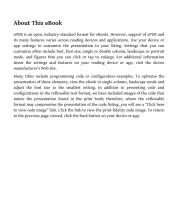OSPF - OSPF Fundamentals
5 important questions on OSPF - OSPF Fundamentals
What are the Multicast IP and Multicast MAC addresses used by OSPF?
AllDRouters : 224.0.0.6 / 01:00:5E:00:00:06
What are the 5 packet types of OSPF?
- Hello Packet
- DataBase Descriptor Packet (DBD)
- Link-State Request (LSR)
- Link-State Update (LSU)
- Link-State Acknowledgement (LSA)
Which fields are in the OSPF Hello packet?
- Router ID
- Authentication Options
- Area ID
- Interface Address / Mask
- Interface Priority
- Hello Interval
- Dead Interval
- DR and BDR
- Active Neighbors
- Higher grades + faster learning
- Never study anything twice
- 100% sure, 100% understanding
What are the OSPF Neighbor states?
(Attempt)
Init (Hello received)
2-Way (Bidirectional com established, DR/BDR elected)
ExStart (Master/Slave election for LSDB Sync)
Exchange (Exchanging links states using DBDs)
Loading (LSR packets are exchanged)
Full
For OSPF routers, which requirements must be met for a Neighbor Adjacency to form?
- Unique Router IDs
- Interfaces on the same subnet
- MTU must match
- Area ID must match for segment
- Need for DR must match
- Hello and Dead timers must match
- Auth type and credentials must match
- Area type flags must match
The question on the page originate from the summary of the following study material:
- A unique study and practice tool
- Never study anything twice again
- Get the grades you hope for
- 100% sure, 100% understanding































